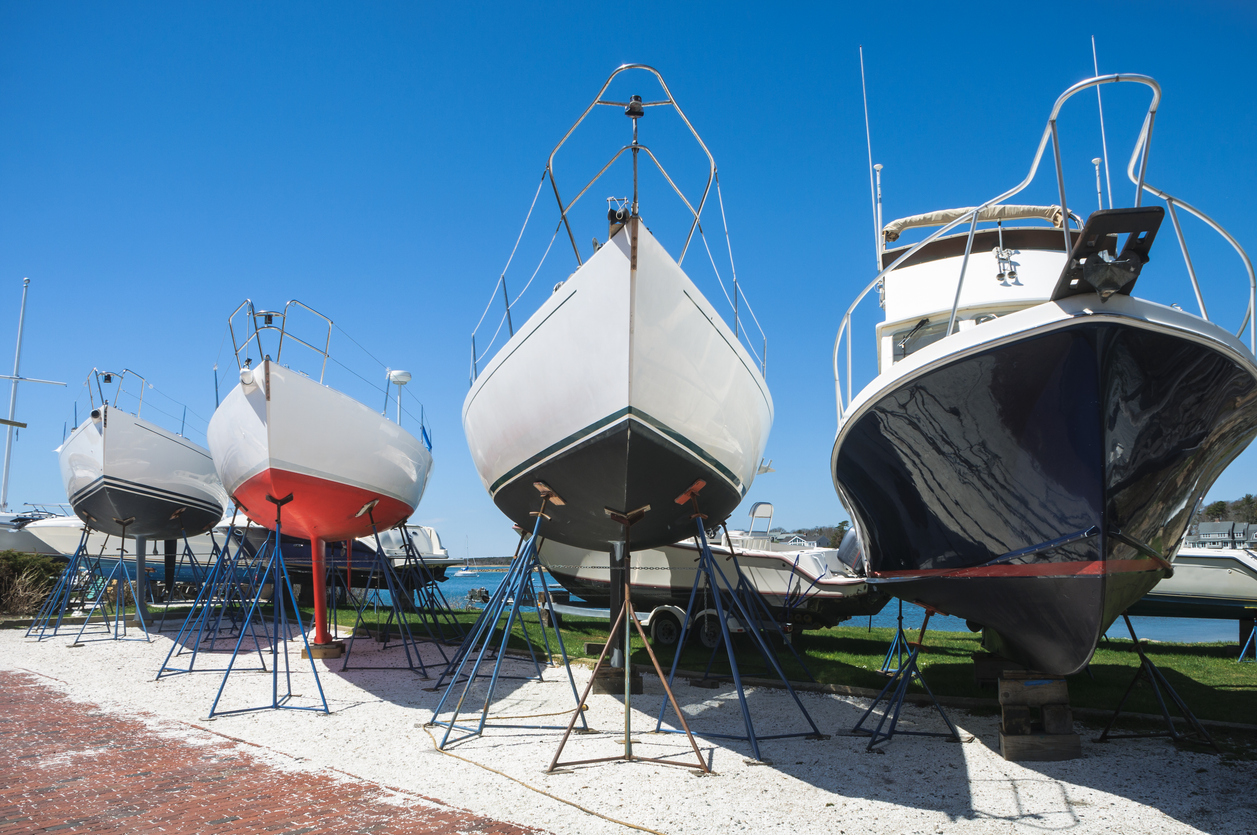Sit-on Kayaks Vs. Traditional Kayaks
When looking to purchase a new kayak, the first question most new buyers ask is whether they should get a sit-on kayak or a traditional kayak. While both kayaks have pros and cons, different types of kayaks may be better for different users based on experience, preference, and location. The main difference between a traditional sit-in kayak and a sit-on kayak is where you sit. The name says it all, but this is far from the only difference. Sit-in kayaks and sit-on kayaks are equip with a different design to suit different types of uses.
Traditional Sit-in Kayaks
The traditional sit-in kayak is the one most people picture when they think of a kayak. These kayaks are like a boat, there are seats inside the boat and a raised rim to keep water out. Sit-in kayaks are great for staying dry and paddling for all seasons as cold water doesn't usually get into the kayak. This type of kayak has a more efficient body shape and design than a sit-on kayak. A traditional kayak is long and narrow making it faster and easier to paddle in. This type of kayak is better for covering longer distances and for day trips and tours.The traditional kayak also has a dry storage area to keep your equipment dry.
Some of the cons include that it is very difficult to get in and out of the boat, especially when you are out on the water. The cock pit is smaller and movement is very restricted. If you are traveling in rough waters, a traditional kayak may require a spray skirt. In the summer, it can get very hot under the deck. While you are on the kayak, it is very difficult to access items in the back part of the deck and it is near impossible to access items that you have stored in the dry storage area until you reach land. Traditional kayaks are also typically a bit more expensive than sit-on kayaks.
Sit-on Kayaks
The sit-on kayak is just how it sounds, a kayak that you sit-on top. This type of kayak is commonly used by those you like to be in the water or fish as it is much easier to get in and out of. Some sit-on kayaks are very stable and can actually be stood up on in the water. These types of kayaks are shorter and wider than a traditional kayak, making them slower and not as efficient for long distance trips. There is no problem is you get water in this type of kayak as there are holes in the bottom to drain.
Some of the pro's of sit-on kayaks include the freedom of movement and easily accessible large storage areas on deck. The stability of the kayak is better than a traditional because of its wide shape. They are also usually a bit cheaper than the traditional style kayaks. A sit-on kayak is best for surfing and fishing, but can usually only be used in the warm season because of the exposure to the elements. Some of the cons include the exposure to the splash of the water and the water puddle on top of the kayak you must sit in. It is also more difficult to paddle and slower than a traditional kayak.
In the end, it all depends on what you are planning to use your kayak for. If you plan on doing longer distance trips, touring, or need greater speed, a traditional sit-in kayak is the way to go. If you enjoy surfing, fishing, and playing in the water, the best kayak for you would be the sit-on kayak.
Traditional Sit-in Kayaks
The traditional sit-in kayak is the one most people picture when they think of a kayak. These kayaks are like a boat, there are seats inside the boat and a raised rim to keep water out. Sit-in kayaks are great for staying dry and paddling for all seasons as cold water doesn't usually get into the kayak. This type of kayak has a more efficient body shape and design than a sit-on kayak. A traditional kayak is long and narrow making it faster and easier to paddle in. This type of kayak is better for covering longer distances and for day trips and tours.The traditional kayak also has a dry storage area to keep your equipment dry.
Some of the cons include that it is very difficult to get in and out of the boat, especially when you are out on the water. The cock pit is smaller and movement is very restricted. If you are traveling in rough waters, a traditional kayak may require a spray skirt. In the summer, it can get very hot under the deck. While you are on the kayak, it is very difficult to access items in the back part of the deck and it is near impossible to access items that you have stored in the dry storage area until you reach land. Traditional kayaks are also typically a bit more expensive than sit-on kayaks.
Sit-on Kayaks
The sit-on kayak is just how it sounds, a kayak that you sit-on top. This type of kayak is commonly used by those you like to be in the water or fish as it is much easier to get in and out of. Some sit-on kayaks are very stable and can actually be stood up on in the water. These types of kayaks are shorter and wider than a traditional kayak, making them slower and not as efficient for long distance trips. There is no problem is you get water in this type of kayak as there are holes in the bottom to drain.
Some of the pro's of sit-on kayaks include the freedom of movement and easily accessible large storage areas on deck. The stability of the kayak is better than a traditional because of its wide shape. They are also usually a bit cheaper than the traditional style kayaks. A sit-on kayak is best for surfing and fishing, but can usually only be used in the warm season because of the exposure to the elements. Some of the cons include the exposure to the splash of the water and the water puddle on top of the kayak you must sit in. It is also more difficult to paddle and slower than a traditional kayak.
In the end, it all depends on what you are planning to use your kayak for. If you plan on doing longer distance trips, touring, or need greater speed, a traditional sit-in kayak is the way to go. If you enjoy surfing, fishing, and playing in the water, the best kayak for you would be the sit-on kayak.


